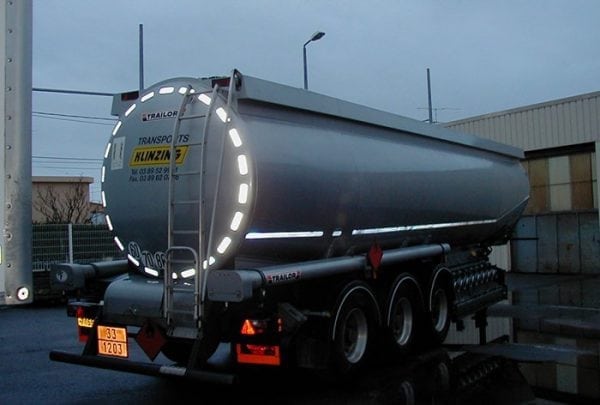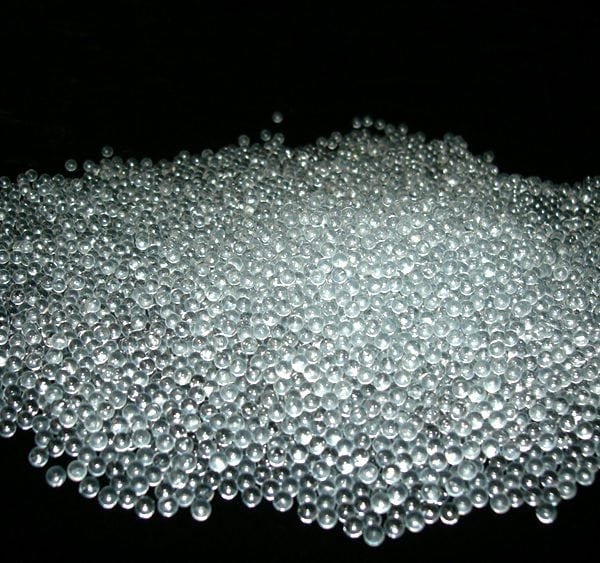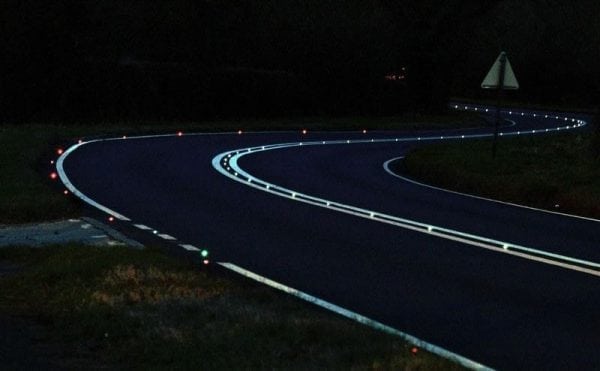Reflective paint, or, as it is also called, retroreflective is a paint and varnish material that is widely used to designate power lines and bridges, enclosing and advertising structures, including parking lots and take-off areas, mines, signal marking of ferries and moorings. The main condition for using reflective paint is the need to designate, highlight an object in the dark. Paint itself does not glow in the dark. When rays of light in the dark hit the surface, they are reflected toward the source. The brightness of the surface glow depends on what angle the light ray hits, and how bright it is by itself.
Paint Benefits:
- universality, can be used for any surfaces;
- elasticity, simple staining procedure;
- reliable protection of the surface from water, frost, mechanical damage, in some cases, from chemicals;
- safety, paint is not explosive;
- environmental friendliness, the absence of hazardous diluents in the composition.
to contents ↑
Features and Benefits
A distinctive feature of this paint, and it is it that gives it reflective properties - the presence of small glass beads in the composition. They are mixed with paint until a homogeneous mixture. The intensity of the glow does not depend on the proportion of balls in the paint. Glass beads are evenly distributed over the painted surface.
The paint is made on an acrylic basis and is compatible with many types of primers, including alkyd (GF / PF) and epoxy. The activator, which strips the paint film from the surface of the glass beads in such a way that the light reflectance is maximum, also affects the reflective properties of the paint.
The paint can be any desired color, to add color to the composition, tinting pigments are added. If the color does not include color, the color will be standard white.
Application process
The application process depends on the type of surface to be coated. Prior to painting, the surface must be prepared. To prepare the metal surface, it is not necessary to use sandblasting; a cutter and brushes will be enough. Traces of rust and mill scale are removed from the surface. Then the surface is removed from dust and degreased. Immediately after processing, the application of paint begins, since if you postpone this process, the metal surface will have time to oxidize.
When applying paint, pay attention to the manufacturer's instructions. A layer of paint is applied to a previously primed surface. It is important that the primer is compatible with the components of the selected coating material.
Painting should be carried out at a temperature of at least +5 ° C. It is applied in 2-3 layers. The drying time of each layer depends on the air temperature, maybe 3 hours or 6. After complete drying, a thin layer of activator is applied, which removes the glass beads from under the colorful film.
to contents ↑
How to care for the paint?
If the procedure for applying reflective paint was carried out in accordance with all the rules, its service life should be 5-10 years. In order for the paint layer to serve the entire period without loss of reflective qualities, it is necessary to process it with an activator approximately 1-2 times a year.








